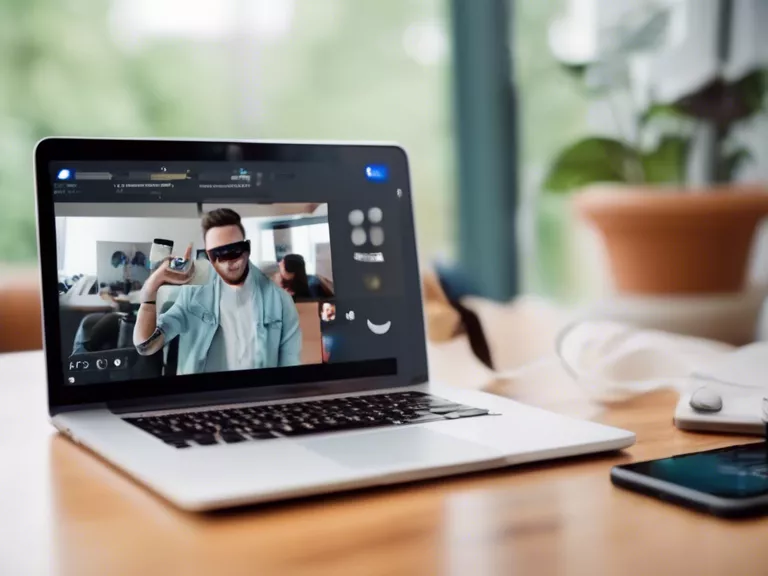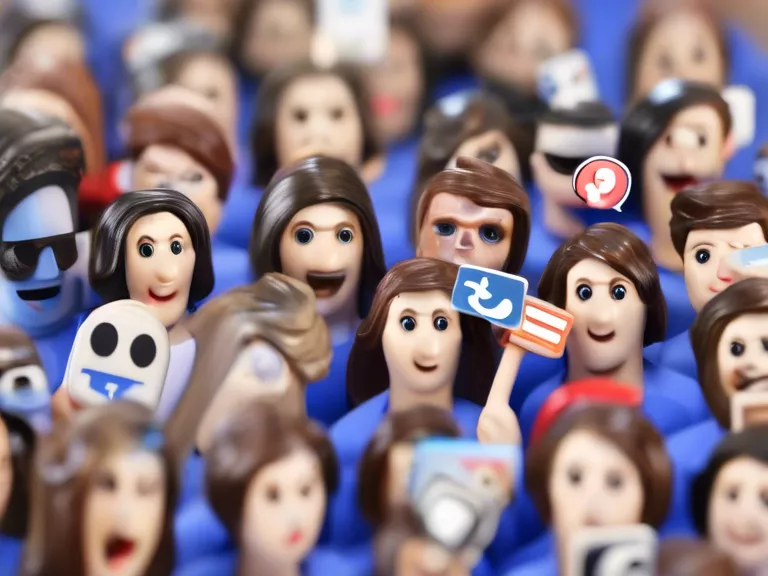
Virtual reality has revolutionized the way we interact with technology, and its impact on creating immersive social experiences cannot be overstated. As this technology becomes more accessible and advanced, it has the potential to transform the way we connect with others in a virtual environment.
One of the key ways in which virtual reality enhances social experiences is by creating a sense of presence and immersion. Through VR headsets and hand controllers, users can feel like they are physically present in a virtual space, interacting with others in a way that feels more natural and lifelike than traditional video calls or messaging platforms. This sense of presence can foster deeper connections and more meaningful interactions with friends, family, and even strangers in virtual communities.
Another aspect of virtual reality that contributes to immersive social experiences is the ability to customize and design virtual spaces. Users can create their own virtual environments and avatar representations, allowing them to express themselves in new and creative ways. This customization adds a personal touch to social interactions, making them more engaging and enjoyable.
Virtual reality also enables shared experiences in a way that was not possible before. Users can participate in virtual events, games, and activities with friends or strangers from around the world, creating a sense of togetherness and camaraderie. Whether it's attending a virtual concert, exploring a virtual art gallery, or playing a multiplayer game, virtual reality opens up a whole new world of social possibilities.
In conclusion, virtual reality has a profound impact on creating immersive social experiences by enhancing presence, enabling customization, and facilitating shared experiences. As this technology continues to evolve, we can expect even more innovative ways to connect with others in the virtual world.



